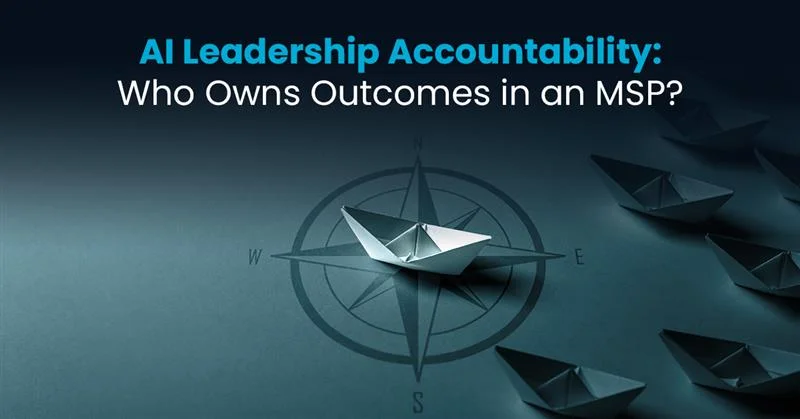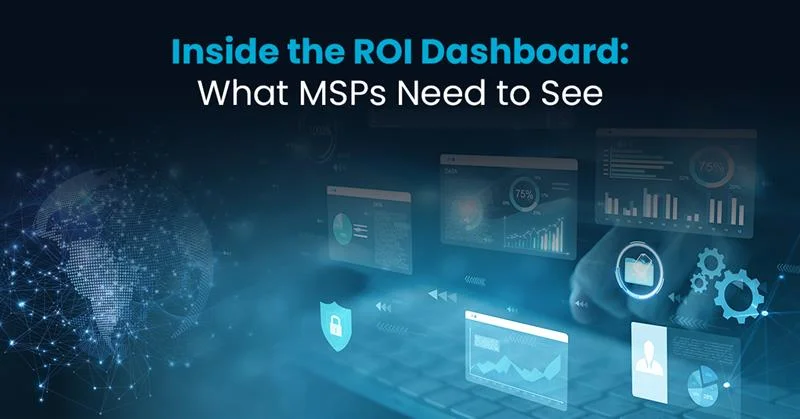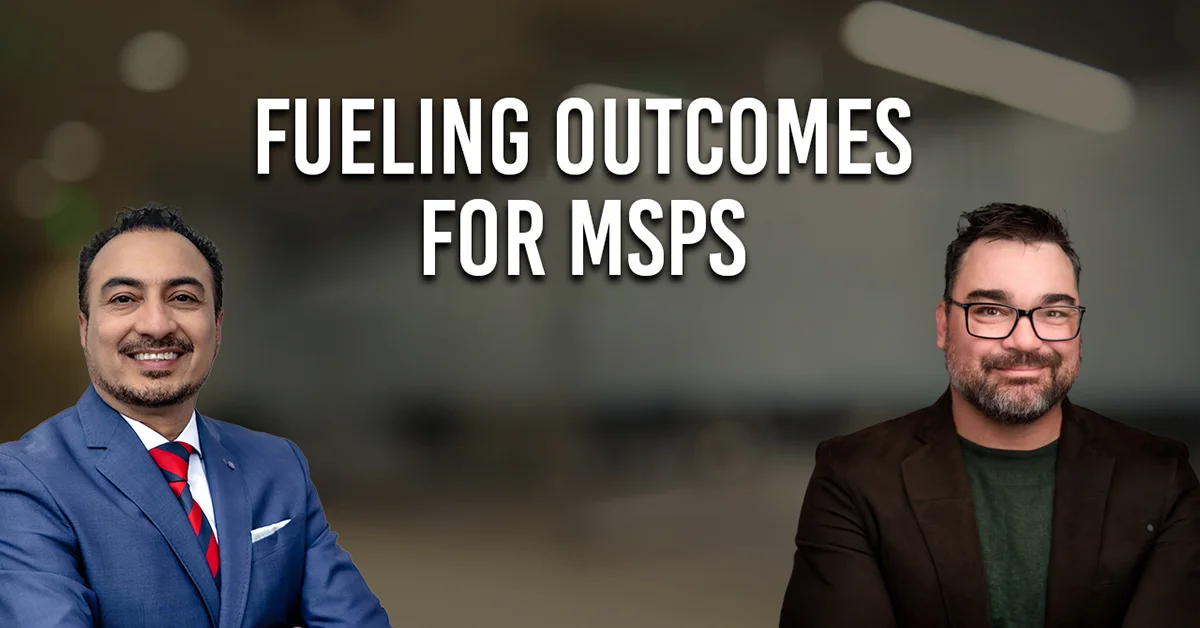The success of any business is directly linked to its people. A business rooted in technology and connections; human capital is the top factor for any MSP’s sustainable growth. It’s no wonder, then, why MSPs around the world are continually improving their methods of finding, hiring, and retaining top talent.
MSP owners and their HR teams need to transform to meet evolving business demands. Good news? Data analytics is the key to showing a precise picture of hiring trends, candidate skill profiles, and successfully predicting which employer branding campaign or approach will attract the right talent.
To further discuss what impact data can have on your hiring and employee retention strategies, I invited Amy Kardel, Senior Vice President of Strategic Workforce Relationships at CompTIA for an engaging podcast. Amy shared some valuable insights on how the current IT hiring trends can help inform growing MSPs on where to invest in 2021 and beyond.
Start with industry data analytics
Instead of relying on old, manual data, dynamic industry analytics gives you the ability to radically alter the way you source, recruit and engage your talent. Industry data analytics can provide hiring managers with more accurate insight into which top skills are now in demand during this post-COVID managed IT landscape. You may want to look for these additional skills in your new tech resources. It can even point you to new geographical locations to expand your search for the best candidates.
Sign up for a talent insights platform that can give your MSP on-demand access to real-time data and easy-to-understand visualizations of that data for effective decision making. Amy suggests looking for important data points such as tech occupation wages, leading tech occupation jobs, and diversity index score on cyberstates.org before making informed hiring decisions.
Perform a quick knowledge audit
A quick knowledge audit will help you uncover what skills and knowledge are missing across your MSP business. The documentation around current knowledge gaps will reveal in detail what new hires need to bring to the table and if they align with the latest industry trends. Your common tools used for knowledge audit would be face-to-face and telephone interviews, structured/semi-structured/unstructured questionnaires, focus group discussions, and online surveys. Other data and information can be gathered by conducting direct reviews. Follow these steps.
- Identify new learning opportunities: Identify the existing skills that your top engineers possess, and what knowledge they might require in the future to enhance their performance.
- Analyze knowledge flows: Map, document, and preferably visualize your MSP’s knowledge flow. How does information move between different departments, between team members, and between service delivery managers and engineers?
- Create knowledge maps: Use communication media to visualize the sources, flows, constraints, and stopping points of knowledge within your MSP.
The analytics drawn from this knowledge audit will allow your HR teams to measure your average time to hire and even determine how much every candidate registration will cost the business.
Combine all data to shape your employer branding
Today, there is a direct correlation between employer branding and higher-quality applicants. And with talent acquisition becoming more personalized to attract passive candidates, you have an opportunity to tweak your employer branding (across social media, email campaigns, talent-focused websites) around important data.
To shape your employer brand around top-notch candidates’ needs, combine all data insights (from knowledge audits, industry hiring trends, applicant tracking systems)— from sourcing to hiring and beyond — into an interactive and central system. Further, aggregate this wealth of data and transform it into easy-to-understand visuals and actionable insights.
Make the most of Key HR metrics to retain staff
By knowing what employees are capable of, where they excel, and what their interests are from conducting a knowledge audit, you can provide better opportunities to your team members. As your MSP becomes more analytics-driven and keeps focused on metrics such as voluntary turnover rate, retention rate per manager, employee productivity index, and talent turnover rate, you will be able to forecast cross-training or upskilling requirements that can contribute to maintaining great retention.
Final Thought: Rather than carrying out expensive hiring campaigns that produce little results, the time has come to make hiring decisions based on accurate data and business insights. As your talent acquisition strategy becomes more data-driven, you can develop processes to understand which candidate profiles yield the best results for your MSP business’ growth and how the same data can be used to retain star performers for years.








